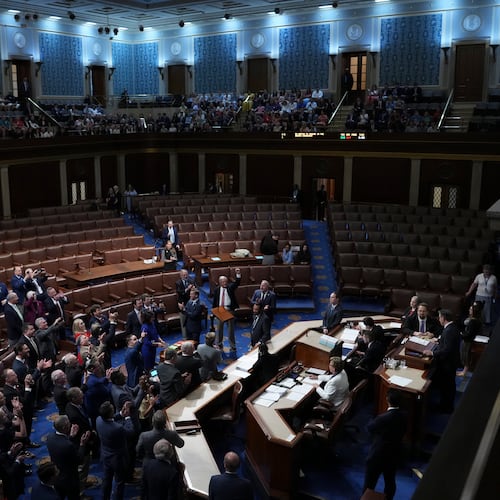At the time of the Rev. Martin Luther King Jr.’s death, most urban areas in the North as well as the South were highly segregated and African-Americans were denied equal access to good schools, well-paying jobs, and homeownership — all essential pathways to economic success.
More than four decades later, the disparities have narrowed considerably. Although on average African-Americans still don’t enjoy the same school quality, job opportunities or homeownership access as white people, growing numbers of black people have successfully climbed the ladder of social and economic opportunity.
Over the same period, immigration has made our population dramatically more diverse. So the picture of racial inequity in urban America is no longer so stark — or so clearly evident. Some metropolitan areas perform a lot better than others for their minority residents. And some serve members of one minority well, but not others.
To explore this complex picture, the Urban Institute developed a “report card” that ranks the nation’s 100 biggest metro areas on five factors: residential segregation, neighborhood affluence, public school quality, employment and homeownership.
How does the Atlanta region score? For African-Americans, it ranks 40th of 100 big metro areas (a B if we’re grading on a curve). Residential segregation is high by national standards, although it’s declined substantially over recent decades. The average African-American in the Atlanta region lives in a lower-income neighborhood than the average white person, and the average black child attends a lower- performing school than the average white child. These two gaps fall roughly at the midpoint of the top 100 metros nationally.
The Atlanta region appears to perform better for African-Americans with respect to employment and home-ownership opportunities. Although black people are less likely than white people to have jobs, and far less likely to own their own homes, these gaps are narrow by national standards.
Now let’s look at Latino-white equity. The Atlanta region scores considerably worse — 67th among the nation’s 100 biggest metros (a D grade). Latinos are less segregated from non-Hispanic whites than are black people, but the Latino-white segregation levels are high by national standards and they’ve been climbing for the past several decades as the region’s Latino population has been growing.
The average Atlanta-area Latino lives in a neighborhood that’s higher-income than the average African-American’s, but still lower than the average white peron’s. And the average Latino child attends a school that performs only slightly better than the average black child’s. Employment is high among Latinos, but their homeownership rate is very low.
Closing these opportunity gaps is no simple matter. Historically, public policies played a central role in establishing and enforcing patterns of racial segregation and inequality, alongside discriminatory practices by private-sector institutions and individuals.
No single cause explains the persistence of these opportunity gaps in Atlanta — or in other American metros — and no single policy initiative can eradicate them. Instead, the evidence argues for a combination of strategies to address interconnected barriers of unaffordable housing, neighborhood distress, failing schools and weak job markets — for example, expanding affordable housing options in communities with high-performing schools while simultaneously upgrading schools in lower-income and minority communities.
Margery Austin Turner is vice president for research at the Urban Institute in Washington.
About the Author
Keep Reading
The Latest
Featured


